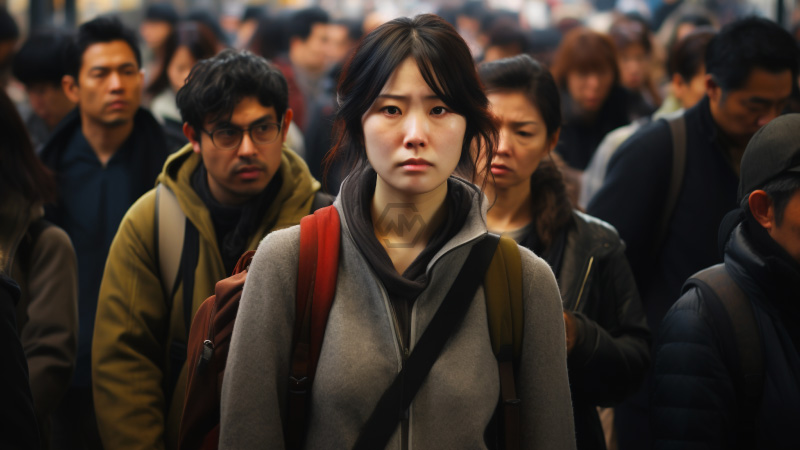- China’s population dropped by 1.39 million in 2024, marking the third consecutive year of decline.
- Over 22% of the population is aged 60 or older, with a forecast to exceed 30% by 2035.
- Government incentives to boost birthrates have yielded limited success amidst urbanization and rising living costs.
China’s shrinking population underscores a pivotal demographic shift that poses critical challenges for its economy and social systems. The declining birthrate, coupled with a rapidly aging population, has created a lopsided dependency ratio that threatens the sustainability of the workforce and social security systems.
The urbanization rate, which reached 67% in 2024, highlights a parallel transformation of rural areas into aging communities while cities struggle with resource allocation.
Demographic Challenges Threaten China’s Path to Prosperity
China’s population decline reveals the long-term effects of decades-old policies and a fast-changing economic landscape. The one-child policy, initially implemented to curb overpopulation, left a legacy of demographic distortions, including a pronounced gender imbalance and a shrinking workforce. The decline in birthrates, despite recent policy reversals, suggests deeper structural issues like the rising cost of living and changing cultural attitudes toward family life.
Urbanization has surged, with millions moving to cities each year. While this contributes to economic growth, it also strains urban infrastructure and widens the gap between urban and rural development. Aging rural populations are left with fewer resources, further isolating them from the benefits of modernization.
Economic challenges are mounting as fewer workers contribute to social security systems that must support an ever-growing elderly population. Proposals to raise the retirement age signal the government’s acknowledgment of the issue but face resistance from a population accustomed to early retirement.
Globally, China’s demographic issues may ripple through international markets. As the world’s second-largest economy, its slowed growth could impact supply chains, global trade, and economic partnerships. Balancing these pressures will require innovative and inclusive solutions.
China’s population crisis highlights the importance of aligning economic growth with sustainable social policies. The challenge lies in fostering resilience through reform and innovation.
“Demographics is destiny.” — Auguste Comte



